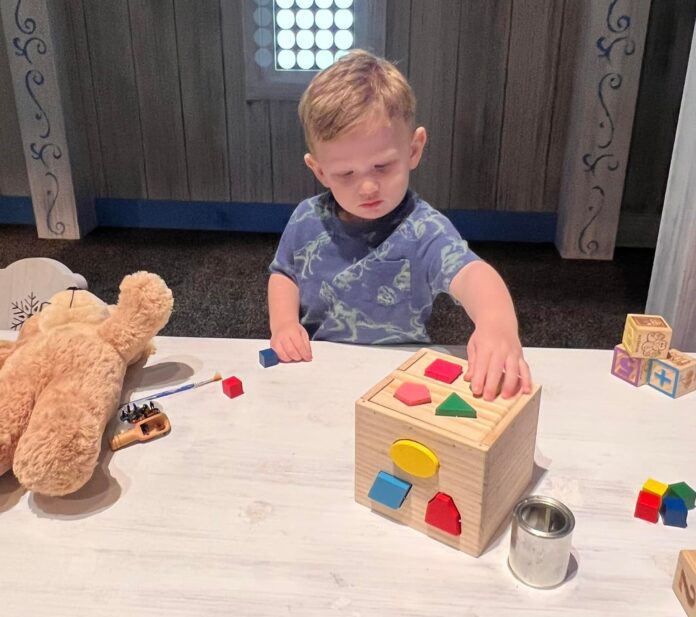Three-year-old Colin Jr. loves dinosaurs. He makes a fierce dinosaur roar but, unlike his preschool peers, he’s never said the name of his favorite dinosaur species: “T-Rex.” It’s just two syllables. Although most 3-year-olds can have short two- to three-sentence dialogues (inclusive of the full word “tyrannosaurus”), T-Rex is currently beyond Colin’s vocabulary.
His pediatrician initially mentioned concern about developmental delays at his 18-month appointment, and again at his 24-month visit. “Looking back, it’s hard as a parent to come to terms with things your child is (or is not) doing, especially when you don’t really have much to compare it to. I never had a son before,” explains Christa Sweeney, Colin’s mother. “My [older] daughter more so followed typical developmental timelines, but I had heard that boys can take longer to speak and mature.”
Indeed, studies show that language development varies between the sexes (in association with prenatal testosterone), with males generally gaining language skills at a slower rate, according to the Women’s Health Research Institute. And in addition to the language deficits, males seem to be more likely to show delays in fine-motor function and personal-social skills at age three. So, assuming he had just a minor, common delay, Christa proactively enrolled her “happy boy” in Early Steps, an intervention system run by the Florida Department of Health that offers services to eligible infants and toddlers who have or are at-risk for developmental disabilities or delays.
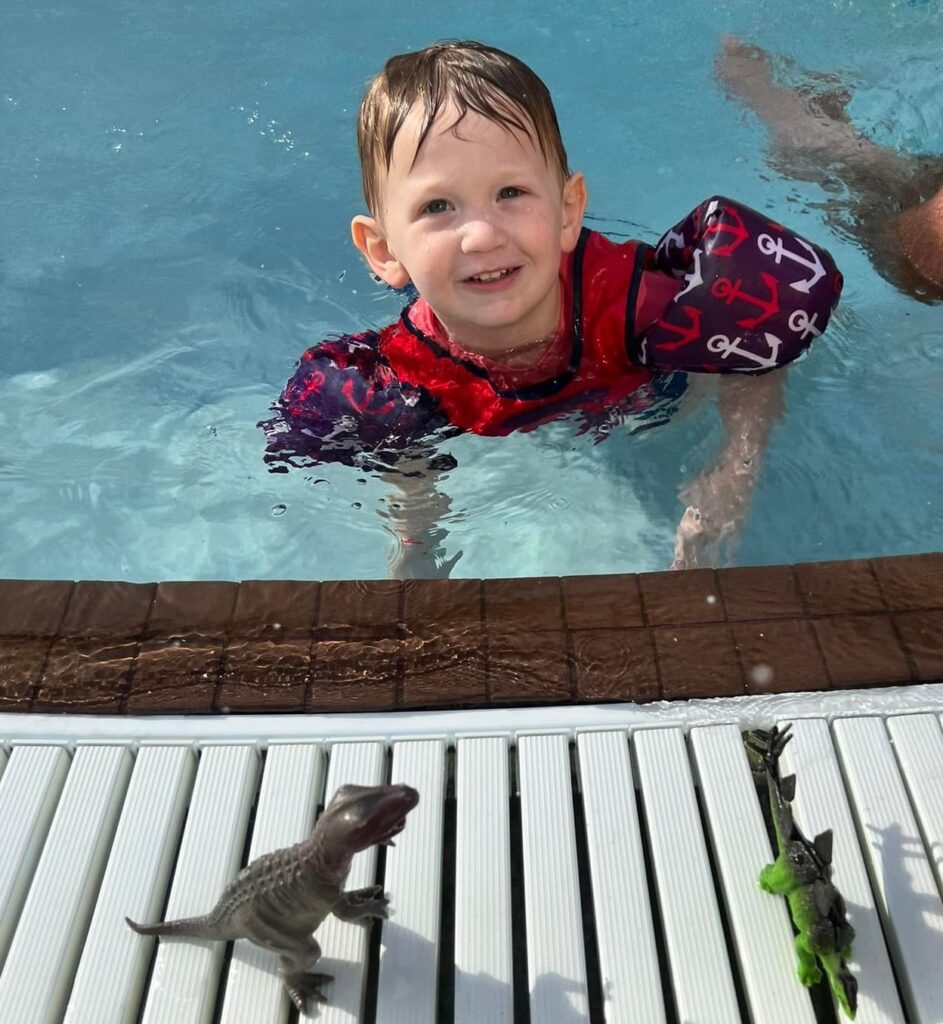
At that time, evaluators noted that Colin was displaying signs of autism spectrum disorder (ASD), including delayed speech, the need for specific routine, repetitive movements and lining up of toys, among other indicators. But Colin wasn’t found to be autistic after being further evaluated by a double-board certified Developmental Behavioral Pediatrician, Dr. Sandra Cely of Developmental Behavioral Pediatrics of Central Florida.
“As an expert in the field, she found him to be very expressive and communicative, but unable to verbally speak,” Christa says. Thus, Colin was diagnosed with childhood apraxia of speech (CAS), a speech sound disorder. According to the National Institute of Deafness and Other Communication Disorders, this neurological condition affects the brain pathways involved in planning the sequence of movements involved in producing speech. The brain knows what it wants to say, but cannot properly plan and sequence the required speech sound movements. CAS is not the same as developmental delays in speech, in which a child follows the typical path of development but more slowly.
Secondary to CAS, Colin also has severe receptive/expressive language disorder, which can make conveying information even more challenging. While he’s more than three years of age, tests show that Colin’s receptive language equates to that of a young infant.
Entering (and Navigating) the Disability Commuity
As is the case for many parents entering the disability community alongside their child with special needs, Christa and her husband, Colin Sr., embarked on a crash course to learn about this uncommon, misunderstood disorder. The nonprofit Apraxia Kids estimates that 1-in-1,000 children are affected by CAS.
“You kind of go down this rabbit hole with what you think you need to help your child. It can become obsessive ─ researching online, following various support groups on social media, exploring different cognitive and diagnostic test options… and insurance really doesn’t cover anything related to apraxia of speech, so it’s tricky,” says Christa, a native of New Jersey who now resides in Sanford, Florida. But Colin’s healthcare team helped the Sweeney family shift their focus to better support him. “I am not frustrated in the ‘why’ anymore. I am more involved in chasing the how [to best help him],” Christa says.
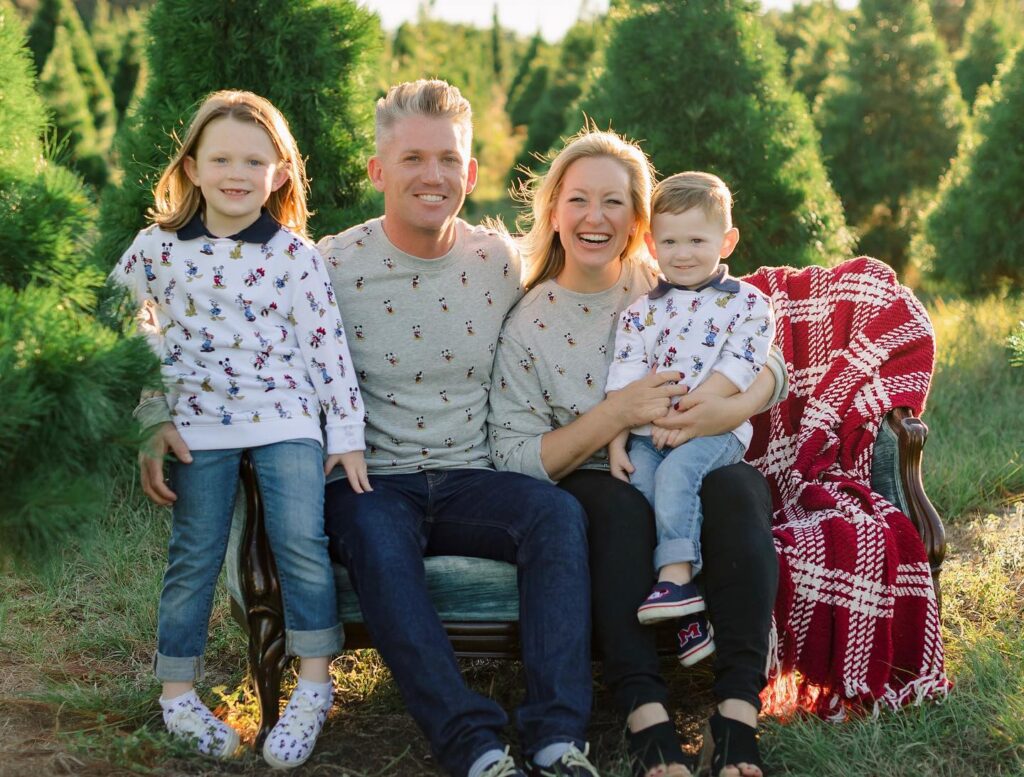
Colin started private speech therapy sessions when he was around two years old; initially via Zoom during the pandemic and, eventually and much more effectively, face-to-face. Then, once he turned three, Christa connected with her local school system to create an Individualized Education Program (IEP), a written document that’s collaboratively designed to meet a child’s unique special educational needs.
Colin is currently receiving therapy in the public school system, under the disability category of language impairment, with twice-weekly speech therapy sessions; in addition to the developmental therapy sessions that the Sweeneys have privately continued.
Unlocking a Voice
Colin’s speech therapist is working to increase his functional communication skills by imitating a variety of basic consonants and vowels. The plan is to improve his ability to imitate individual sounds to then link sounds into syllables, and syllables into words.
And that plan is already proving to be successful! “Colin’s vocabulary is improving every day from the therapy he is receiving and it just warms my heart to hear him speak up and answer questions [in class],” says Kelsey Beall, his preschool teacher at Academy of Excellence. “Colin is bright and he’s the sweetest boy. He certainly doesn’t let his apraxia of speech get in his way of learning or making friends. Colin is very loved by his classmates and I adore teaching him!”
Others agree that progress is underway. “Colin is one of the most determined and patient children I have worked with,” says Jennifer Foret, an Infant Toddler Developmental Specialist. “He has learned to use a variety of communication methods, such as sign language, gestures, visual supports, word approximations, words and his iPad to communicate what he is thinking, feeling or requesting.”
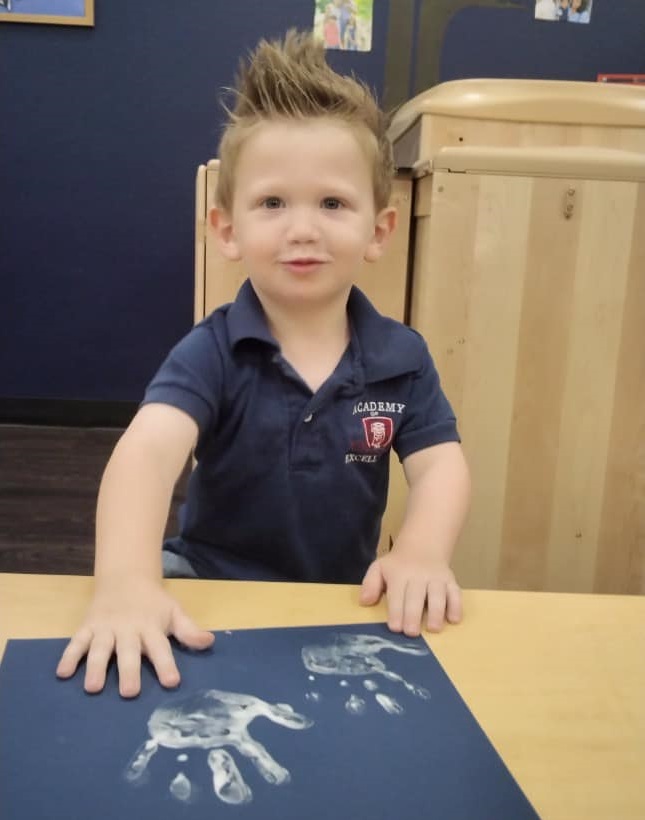
The Sweeneys encourage all forms of communication. “I just want to be able to communicate with him, in whatever way he does so. I’d say he primarily uses sign language at this point but, hopefully, his verbal communication will continue to improve over time.” Remaining flexible is key, especially since Colin often feels frustrated when misunderstood, as is common with CAS.
“Colin’s family is supportive and loving. They show persistence and consistency working to increase his ability to communicate,” Foret attests. “They also let Colin be himself, give him so many opportunities to just have fun and play with family and friends; and they make sure he is provided with the best learning opportunities that engage his imagination and creativity. He uses that creativity, and the confidence instilled by his parents, to make sure his voice is heard, no matter which method of communication he is using at the time.”
Continuing the Conversation
Each child with CAS is unique, and how quickly they learn to talk or improve oral communication is dependent on several variables, says Apraxia Kids. However, experts agree that early intervention is essential.
“Research-based treatment should start early and be matched to the level of severity of CAS. Even though this process can be overwhelming for parents to navigate, there are several resources available that can guide caregivers through each step of diagnosis and treatment,” Foret says.
As to not experience the “summer slide,” a common educational regression that occurs during break periods, Colin will continue private therapy sessions throughout the summertime, and then return to the public school program in August. Christa acknowledges that a CAS journey comes with many hurdles ─ within education, healthcare, insurance and the community at large.
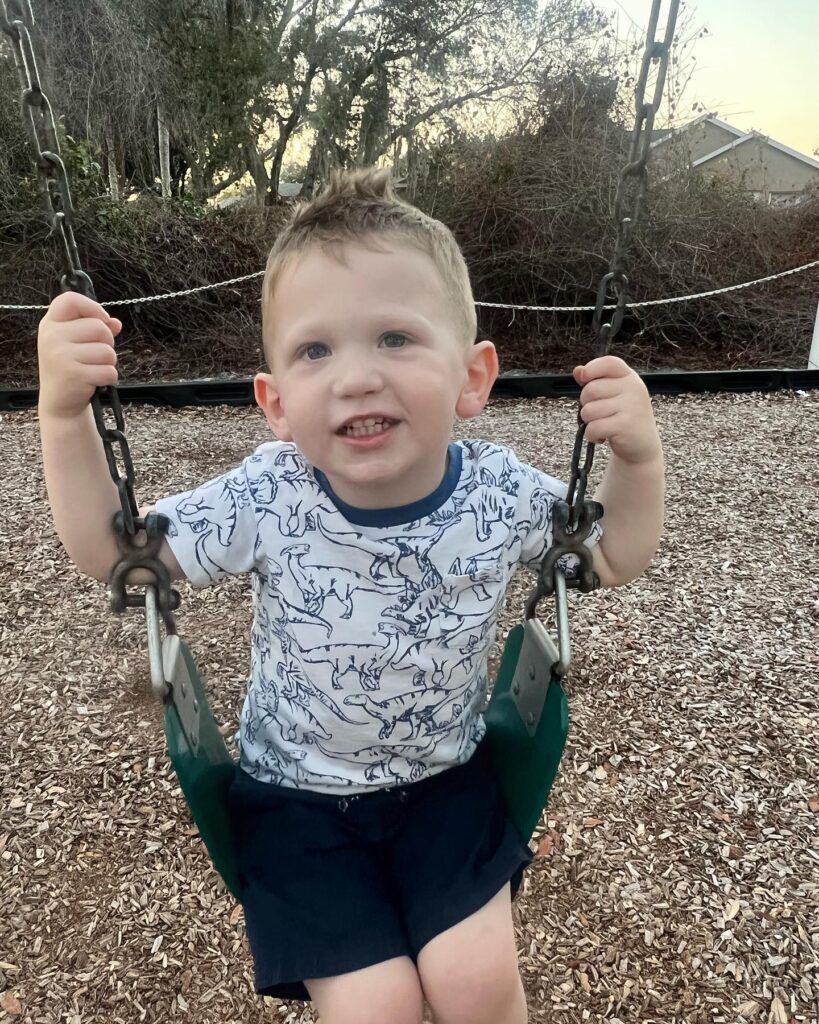
But advocating for Colin is key. “He is the sweetest little boy. He loves hugs and interacting with other people. I just think he’s perfect!” Christa declares.
Parents are the best advocates for their children. If you suspect that your child may have a speech delay or CAS, seek help through a pediatrician, a speech-language pathologist or Early Steps office; and explore resources at Apraxia-kids.org and ChildApraxiaTreatment.org (including free courses for parents and professionals).




